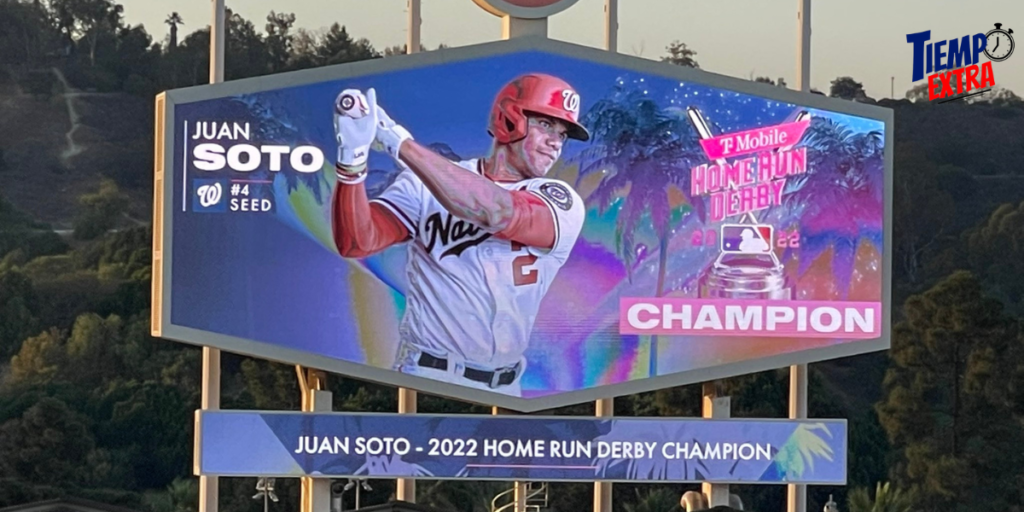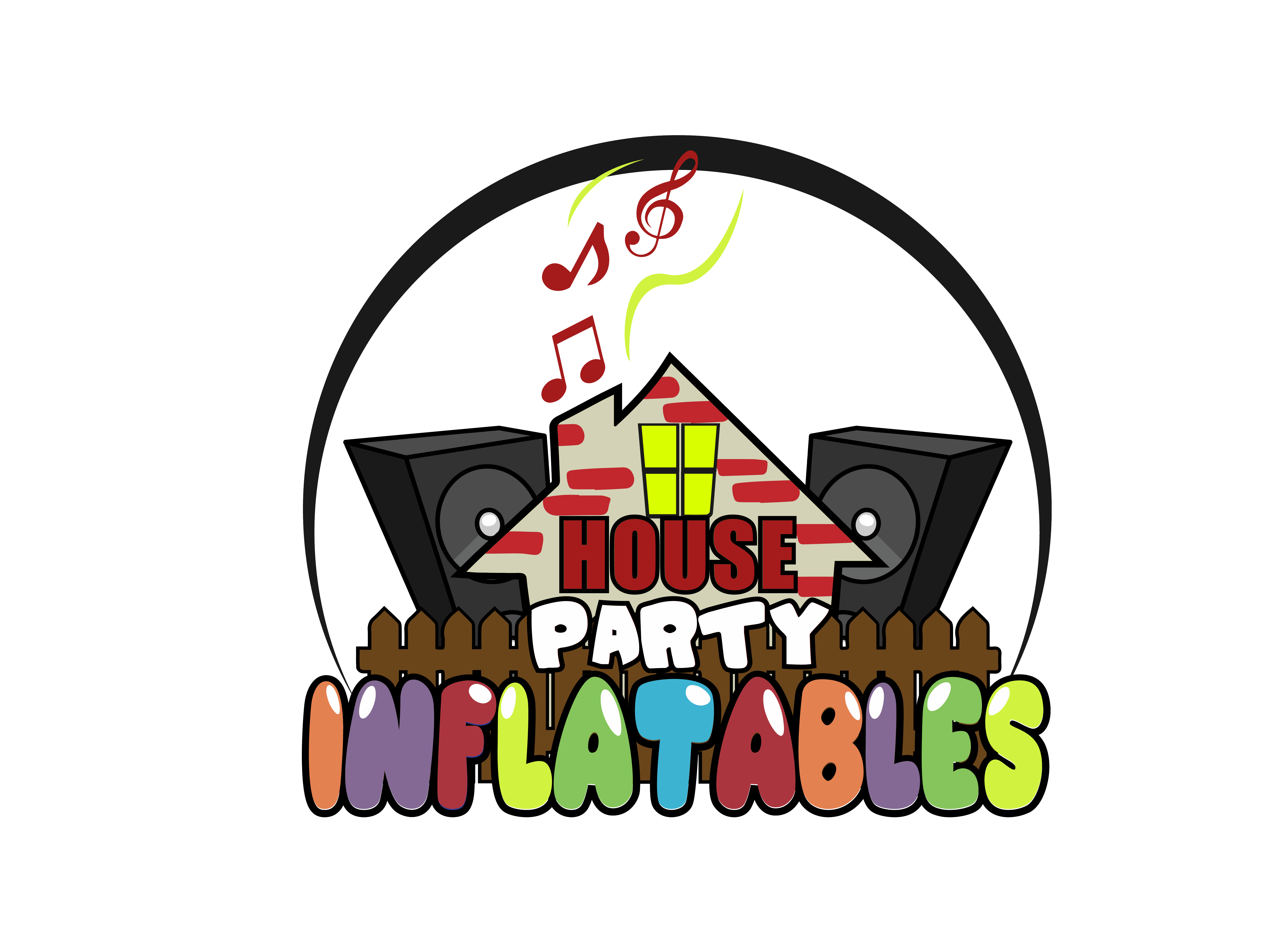Table of Content
Shop by tag To enable this, create a smart collection named All Products and set the condition to 'Product price is greater than 0'. You can create a collection through the 'Collections' menu in Shopify admin. Please feel free to contact Kevin Glew at if you have any additional information or comments. Thank you to Greg Rice and Robert Edward Auctions for providing cards for this article. Please note that the Population Report figures quoted and Set Registry rankings reported are those as of April 2019. The fact that the original Home Run Derby episodes were replayed on ESPN in 1988 and 1989 and again in primetime on ESPN Classic in 2009 has also inspired more interest in these singles.

He doesn't recall any other kids having sets when he was growing up. Though the show was short-lived (it ended with host Mark Scott’s tragic death in July 1960), it was nonetheless chock-full of memorable performances. Among the 19 players to take part were future Hall of Famers Hank Aaron, Ernie Banks, Gil Hodges, Al Kaline, Harmon Killebrew, Mickey Mantle, Eddie Mathews, Willie Mays, Frank Robinson, and Duke Snider. The sluggers to make the most appearances were Aaron , Mantle , Mays , Jackie Jensen , and Killebrew .
Home Run Derby Reprints - MILWAUKEE BRAVES Team Set
The show was filmed at Wrigley Field in Los Angeles in December 1959. The player with the most cumulative home runs after nine innings in each episode was the winner and would move on to face another challenger. The winner of each episode received $2,000 and the runner-up $1,000.
While averaging 36 home runs each year from 1954 to 1973, Aaron was on the inevitable path to potentially top one of baseball’s most heralded marks – Babe Ruth’s career 714 home runs. At the conclusion of the 1973 season, Aaron sat on 713 career home runs and, sadly, endured an off-season wrought with racism, hate mail and even death threats at the notion that he, a black man, might top Ruth’s mark. But, still not finished at the age of 39, Aaron tied The Babe on his first swing of the 1974 season off Cincinnati Reds pitcher Jack Billingham in Cincinnati. As he rounded the bases, he was greeted between second and third by two white college students who congratulated the slugger all the way to home plate.
Fantasy Sports Updates
The PSA CardFacts Condition Census lists the ten finest PSA-graded examples of a particular card. The top five in the census are listed on the specific card's "home page." The entire ten-card census can be viewed by clicking the "more" link at the bottom left of the home page census. ESPN Classic ran the program in primetime in September and November 2009 after a 2-year hiatus, and still occasionally carried episodes in middays thereafter.
But with Gil Hodges entering Cooperstown this summer, the former first baseman and slugger and manager ratchets that total to 10. The 1959 Home Run Derby baseball card set consists of 20 cards measuring 3-1/8" by 5¼". The 1959 Home Run Derby baseball cards were promotional cards released to publicize the Home Run Derby. The original Home Run Derby cards can cost as much as $1500 in Near Mint condition. The winner received a check for $2,000 and was invited back for the next week's episode against a new opponent ; the runner-up received a check for $1,000.
Baseball history from Doubleday to Present Day
It led to a popular 1960 TV show and a baseball card set that is highly sought after by collectors. Please keep in mind that, in some cases, PSA started recognizing certain varieties within specific sets long after the company began grading the issue. As a result, some of the population data may not reflect accurate numbers since there may have been significant amounts of cards graded before PSA began noting the variety on the PSA label and in the PSA database. As more and more hobbyists re-holder their previously-graded cards to reflect the new information, the more accurate the data will become.
That’s the only thing that kept Willie Mays and me from being teammates – fifty dollars.” The Boston Braves signed Aaron as a free agent in 1952, and he was shipped to the Eau Claire Bears of the Northern League. Mantle was unfortunately struck down my infection during the race for Ruth's record and finished the season with 54 dingers while Roger Maris topped The Babe on the final day of the season in Boston. But, during the chase, just as Mantle had experienced in New York after replacing the beloved Yankee Clipper, Maris struggled with the press and was portrayed as surly and "not a true Yankee" as many believed Mantle should have been the one to top Ruth's record. However, Mantle stood by Maris and helped him through all of the unwarranted criticism. Mickey played 18 years with the New York Yankees and lived a hard life of partying and carousing, not wanting to miss out on anything as he assumed he would suffer an early demise just as his father had and his grandfather before him.
Mickey Mantle
There has been just one PSA 8 and four PSA 7s, one of which fetched $5,700 in a Robert Edward Auctions sale in May 2018. "AMC was supposedly a sponsor of the Home Run Derby in the Pittsburgh area, and I assume in another area Esslinger beer was distributing the cards too," said Struss. "So I don't think all the cards were distributed by AMC. They were probably given to them by Home Run Derby for being a sponsor and advertising for themselves." In 2007, Robert Edward Auctions sold an uncut sheet that presented all 20 cards with ads for Esslinger beer (a Philadelphia-based company) and a TV station on the bottom for $3,525. "I've been told that a collector in New York remembers getting them from a Zenith dealer," said Zimpleman.
There were also umpires along both foul lines to help judge fly balls that were close calls. Here are some recent auction prices realized, rounded to the nearest dollar, for some 1959 Home Run Derby cards . The legacy of this “colorful” show, and its card set, will continue resonating for decades, a perennial vote of sorts on one’s All-Star ballot. While some frown about those and other Home Run Derby elements, it appears many more celebrate them.
When you are not batting, talk baseball with the host while the other takes his licks. If you are looking for the glitz and glamor of Today's HOME RUN hitting contests, then you better look elsewhere. This charming little series is nothing more than two guys hitting baseballs on a summer day, trying to best the other guy. Although the competition is serious, and for serious (well, serious for the day!) cash, no one seems to take it too seriously.
Yet, all that info aside, after so many decades it likely will continue to be known as a 1959 offering. Several all-star batters will take similar swings on Monday during the fan-favorite Home Run Derby, an All-Star Game staple since 1985.
In later years the intro, as well as some comments at the close of the show, were narrated by former Los Angeles Dodgers announcer Ross Porter. Jensen was the only player to hit four and subsequently five home runs in a row, doing so in the fourth inning of the final episode. Baltimore Orioles10–11One pitcher for the show was former major leaguer Tom Saffell and the catcher was minor leaguer John VanOrnum, later a San Francisco Giants' coach. Art Passarella, a former American League umpire who would go on to a TV acting career, served as the plate umpire.

Any pitch hit in that direction had to clear the wall or hit the top of the trees that stuck out over the wall to count as a home run. The winner's award of $2,000 doesn't sound like much now but if one adjusts for inflation that amount would be equivalent to almost $16,000 in 2013 dollars. Hank Aaron, due to his success over several contests, earned the equivalent of a bit over $100,000, which isn't too bad for a day's work. 1959 Home Run Derby cards of Jim Lemon, Harmon Killebrew and Bob Allison.
Join the Community and Listen to Voices of the Past
Each show would end with the host presenting each player with their prize checks , and would award separate checks for consecutive home run bonuses. These were actual bank checks, not the jumbo "display" checks typically used today. For example, if the winner hit three homers in a row, they would receive one check for $2,000 and another for $500 instead of one check for $2,500. As an incentive for throwing good home-run-hitting balls, the pitcher who threw the most pitches for home runs also received a bonus, according to the host. Home Run Derby is a 1960 television show that was held at Wrigley Field in Los Angeles pitting the top sluggers of Major League Baseball against each other in nine-inning home run contests. The show was produced and hosted by actor/broadcaster Mark Scott and distributed by Ziv Television Programs.

No comments:
Post a Comment